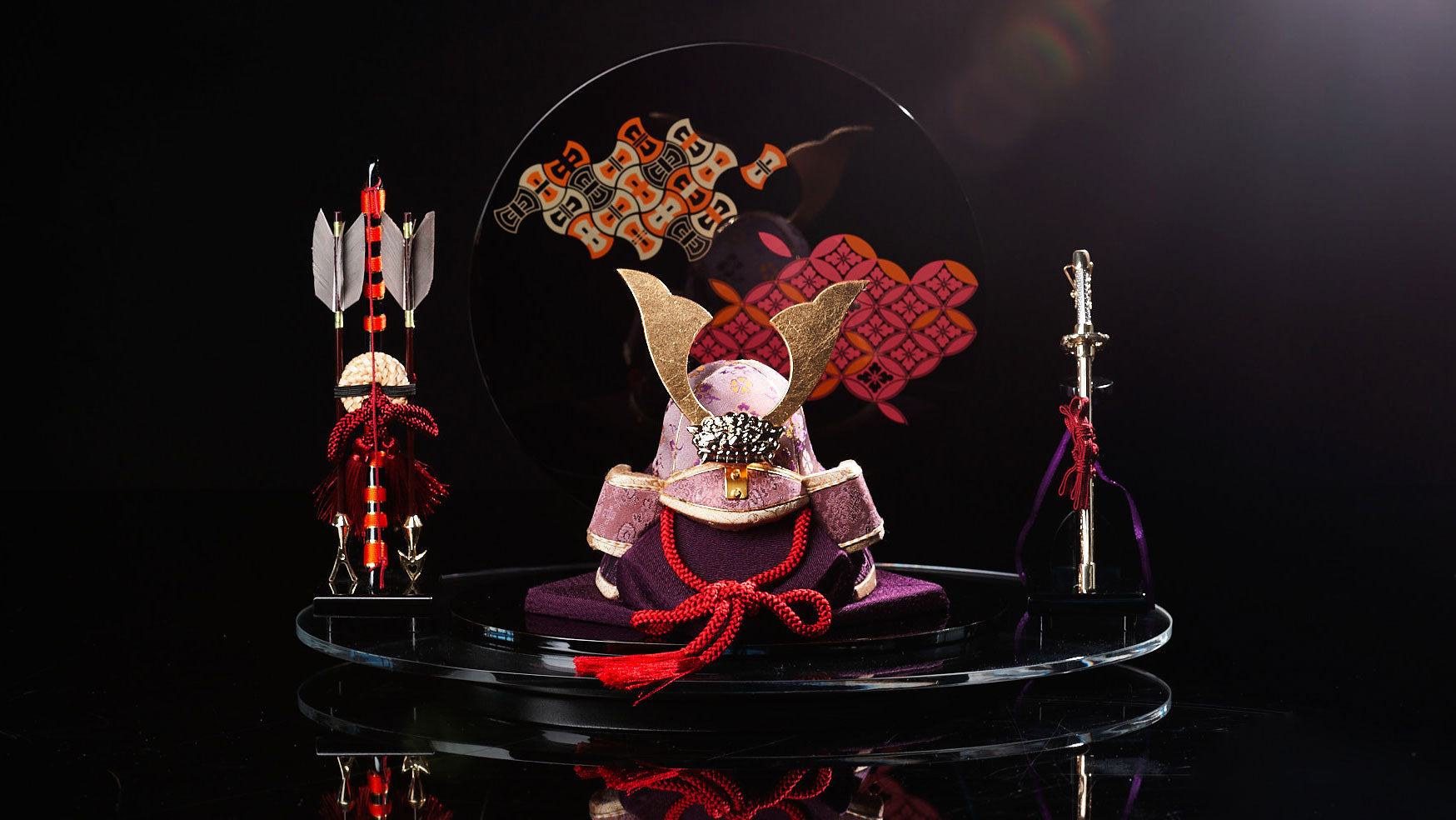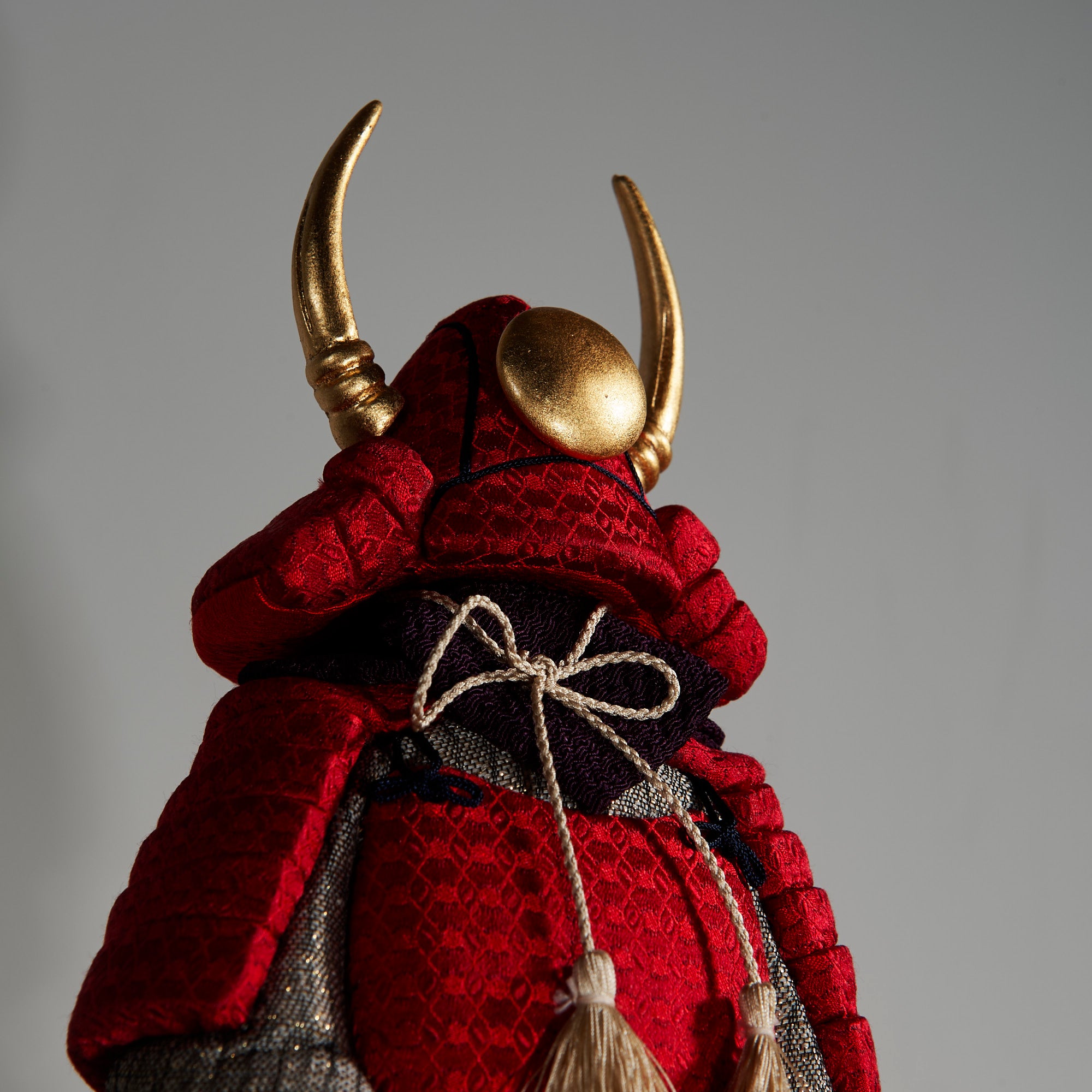
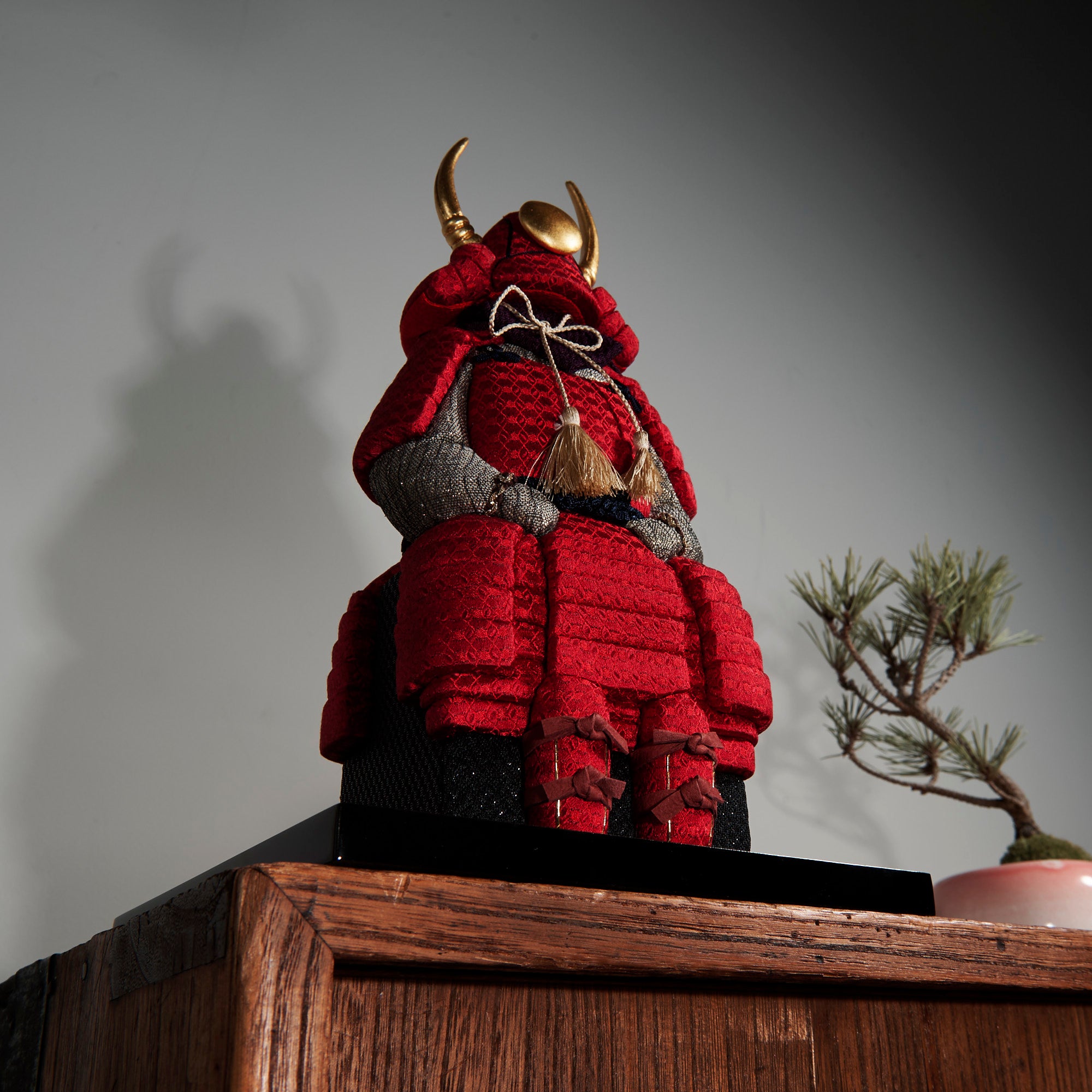
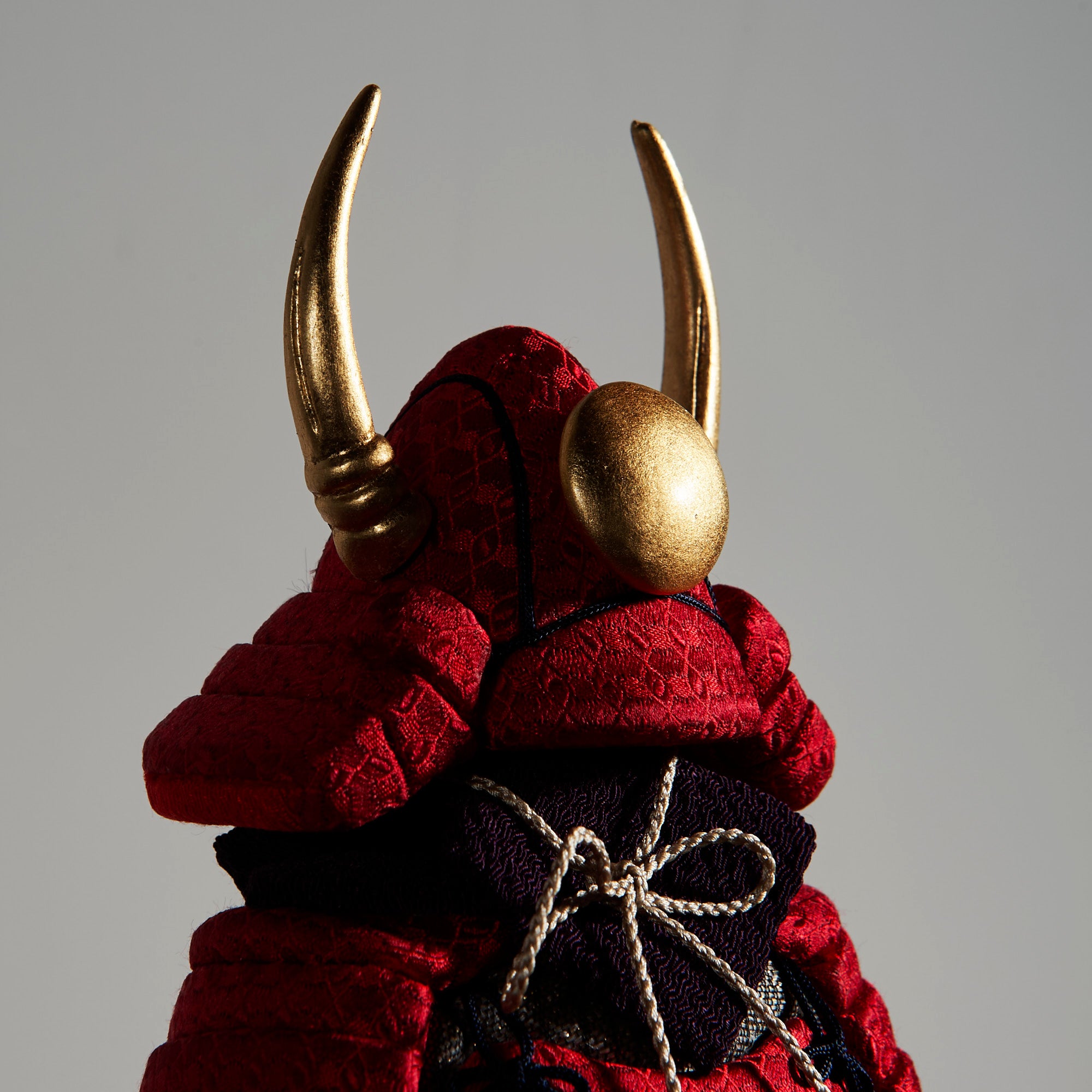
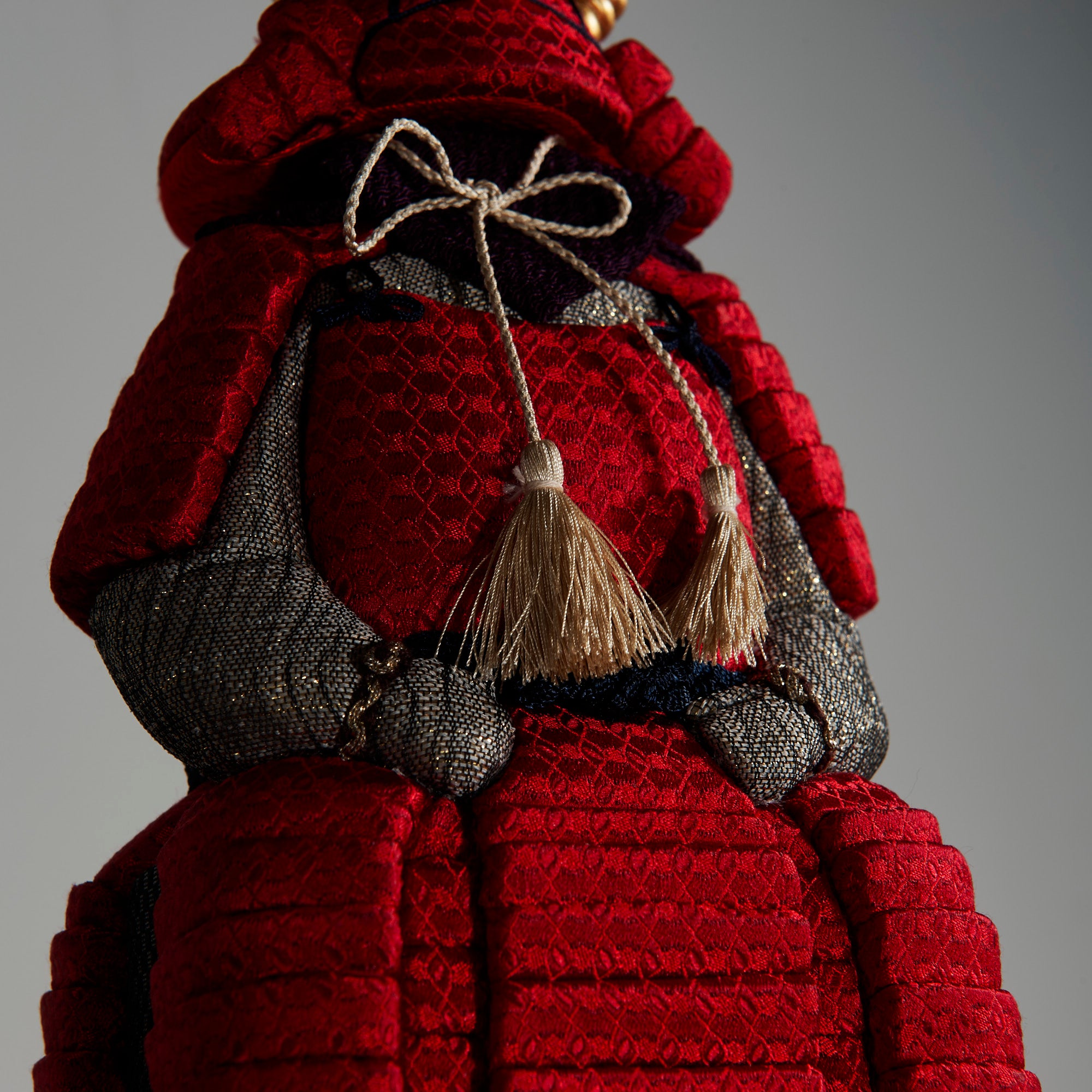
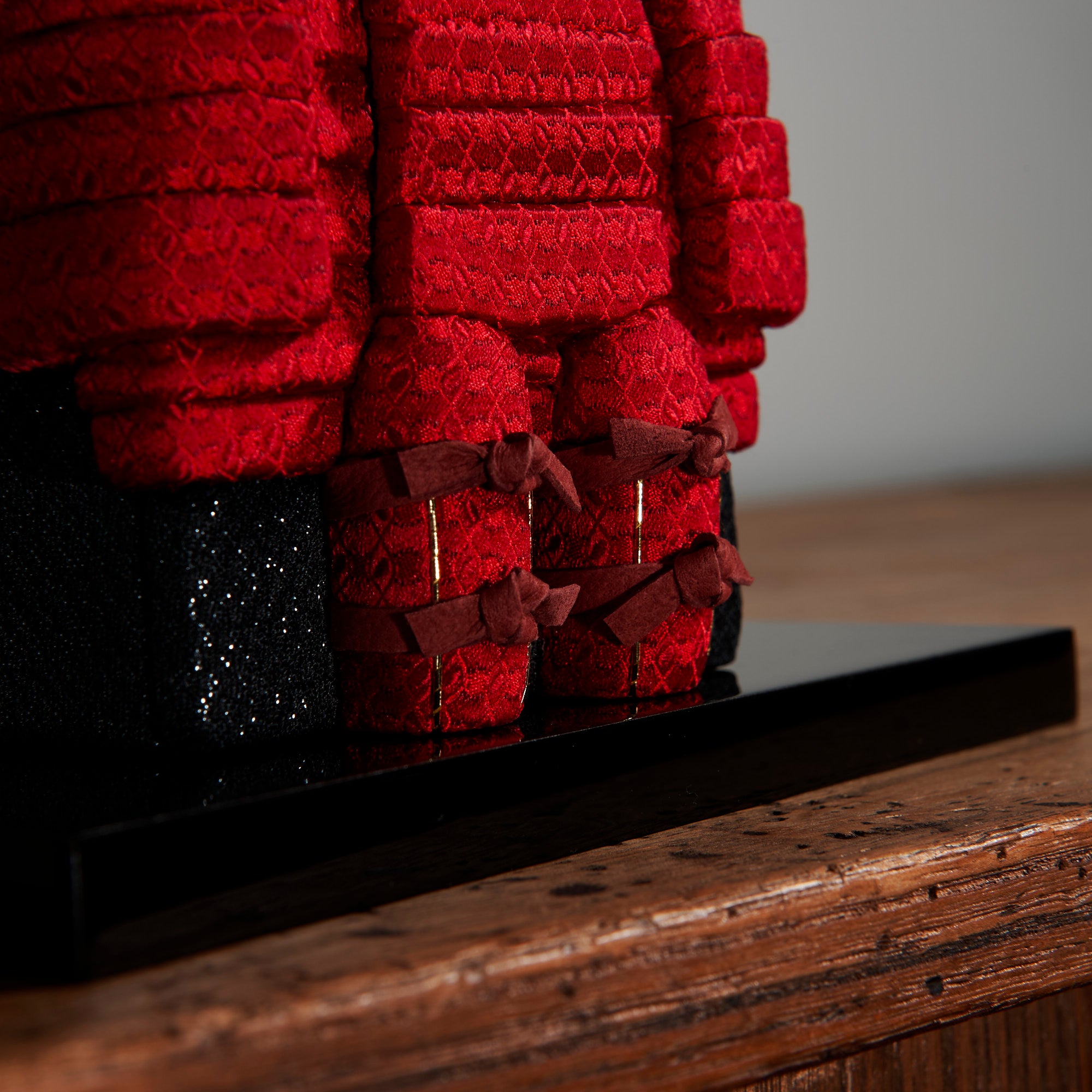

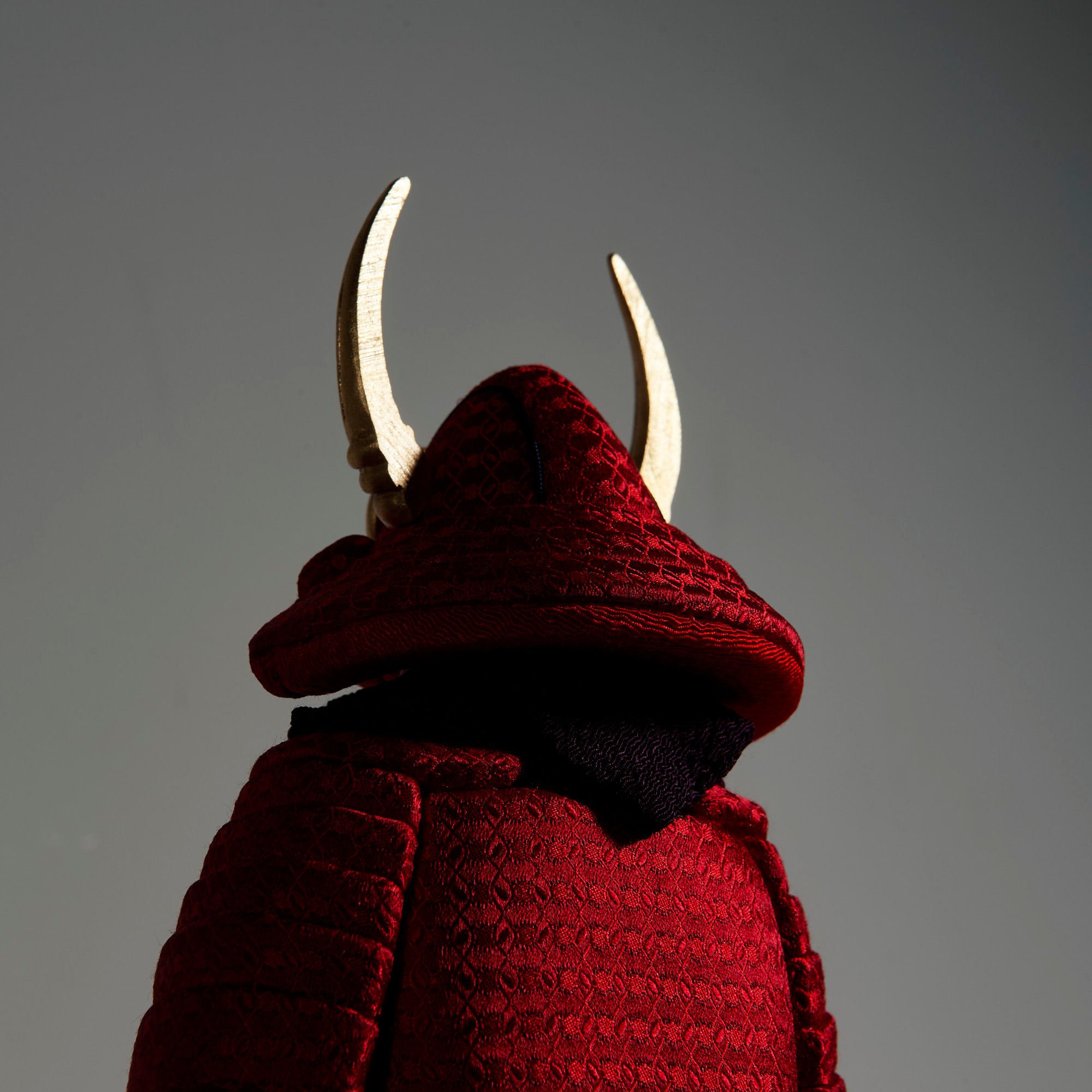
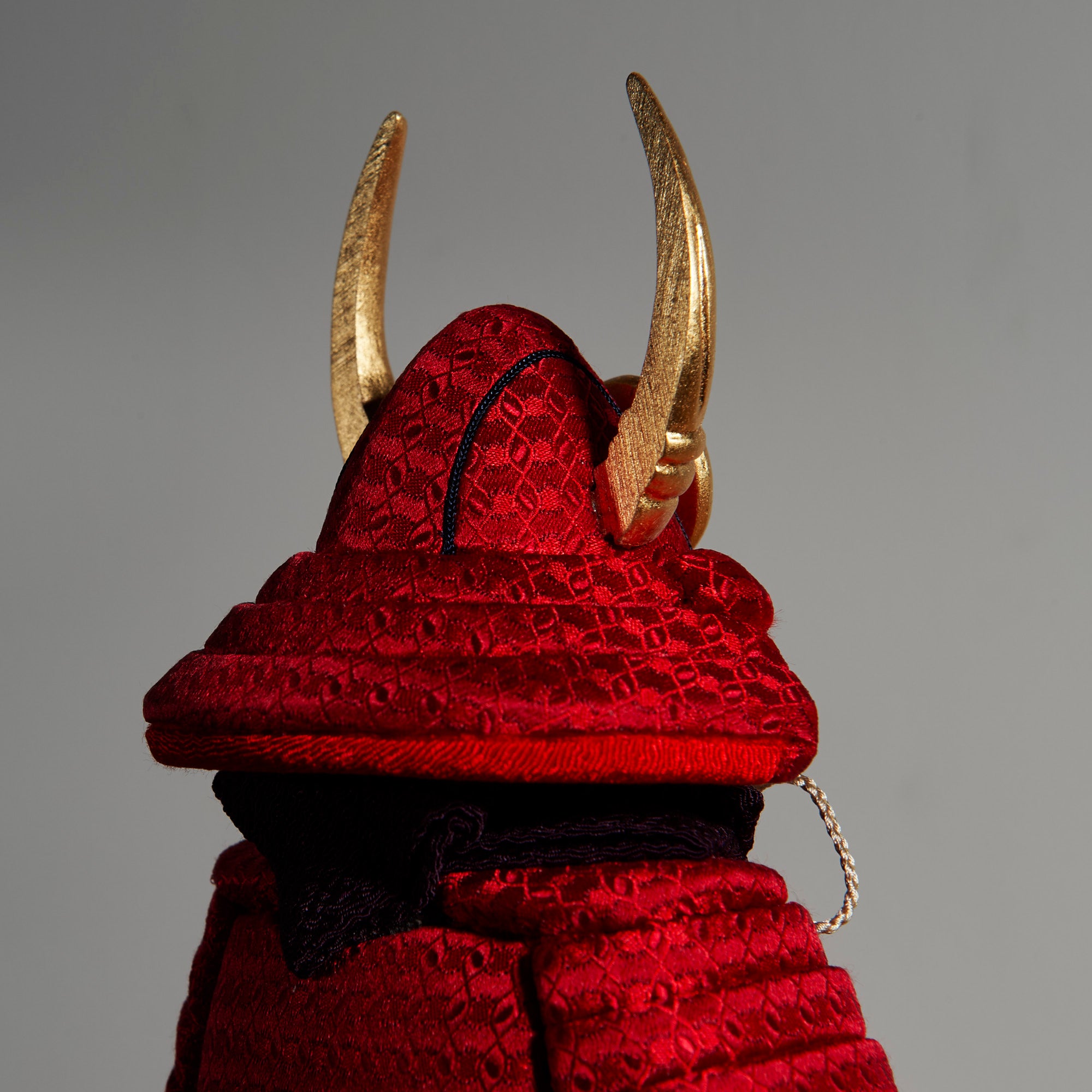
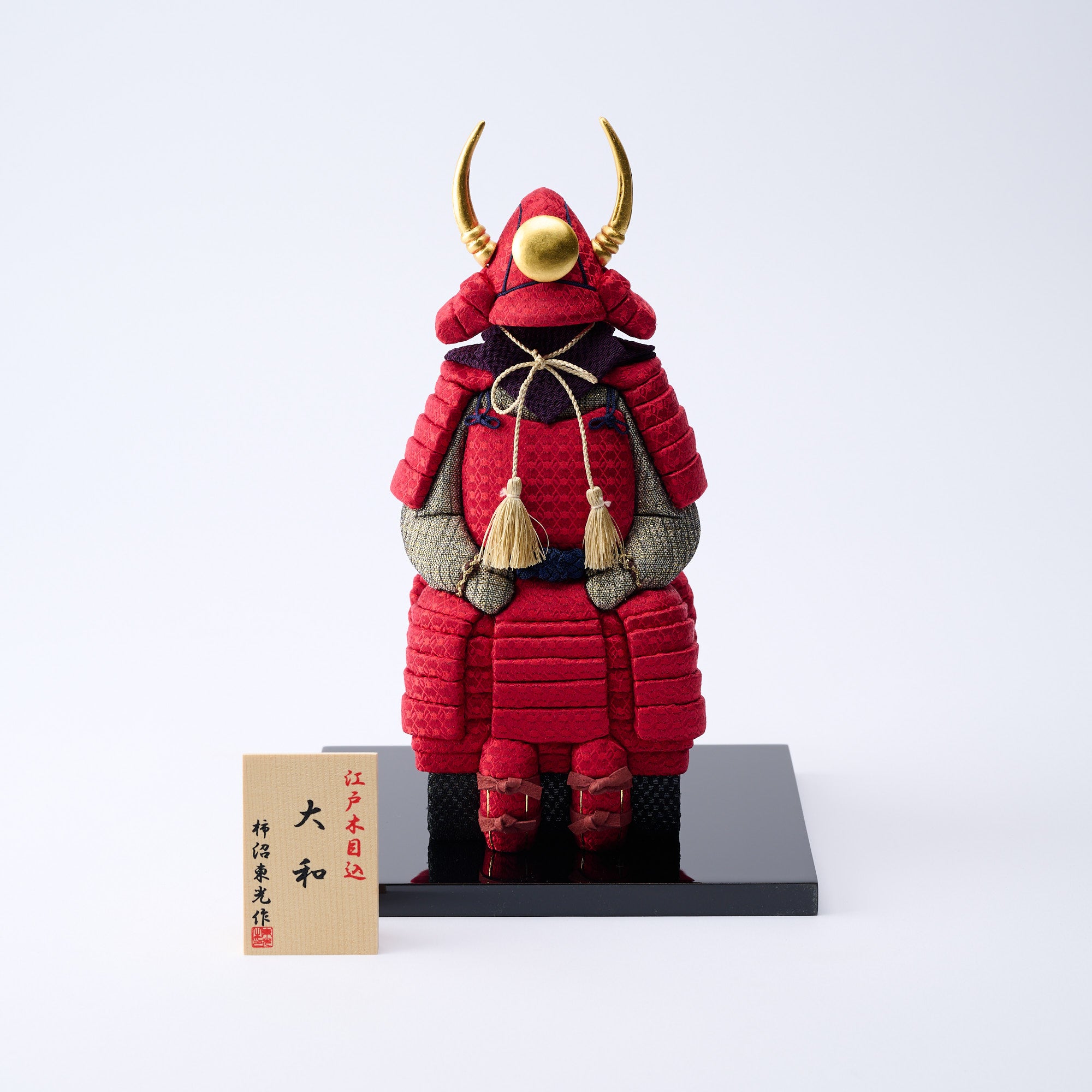
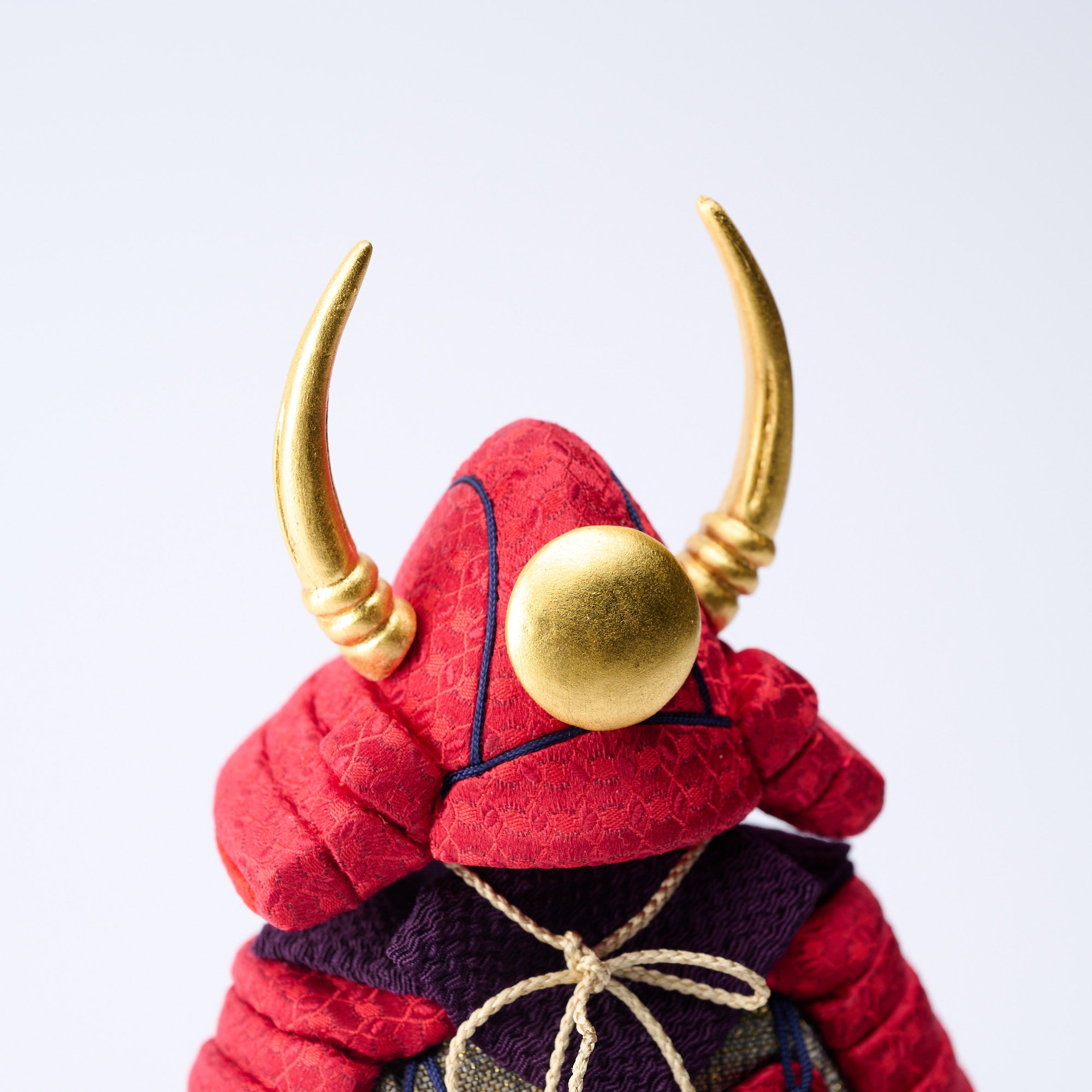
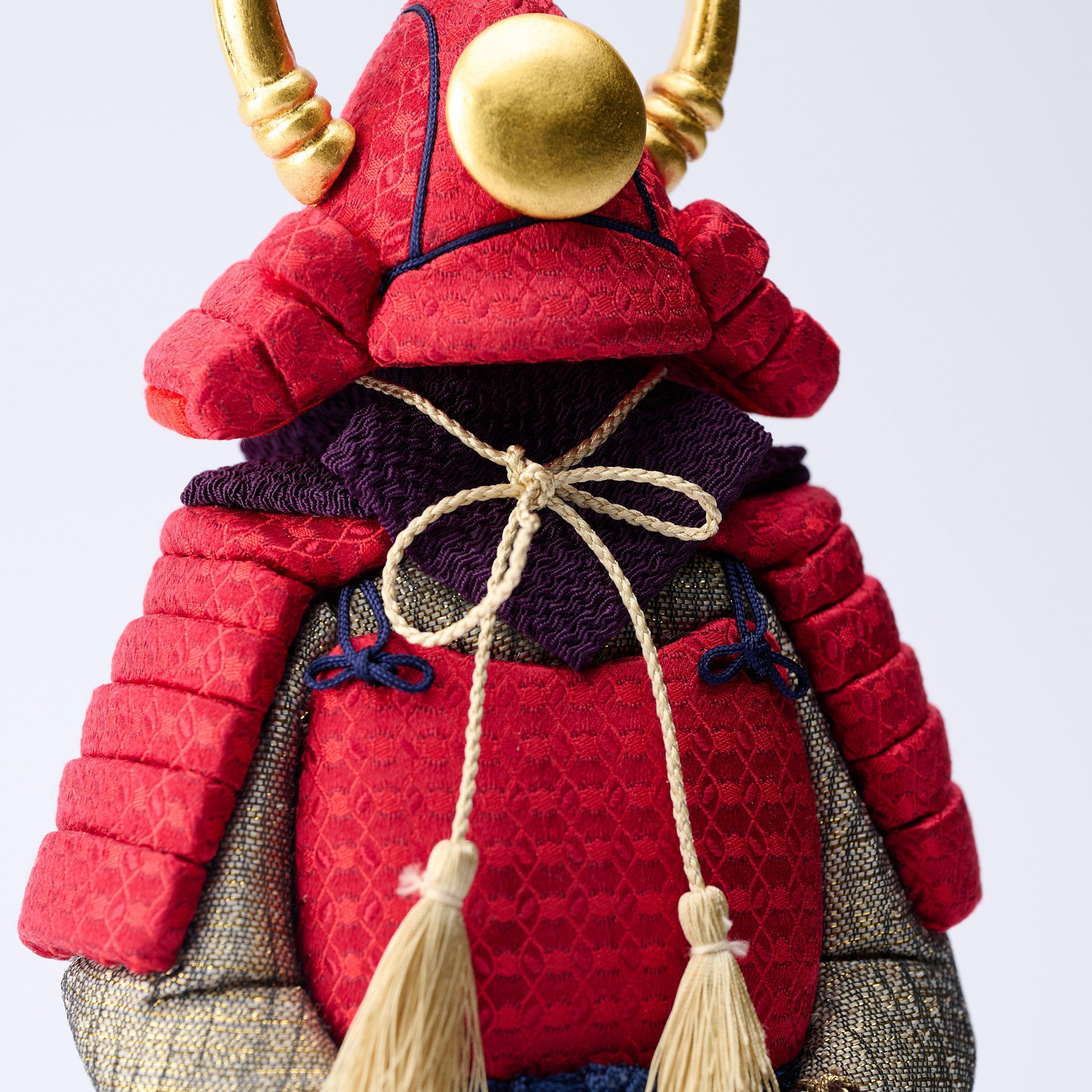
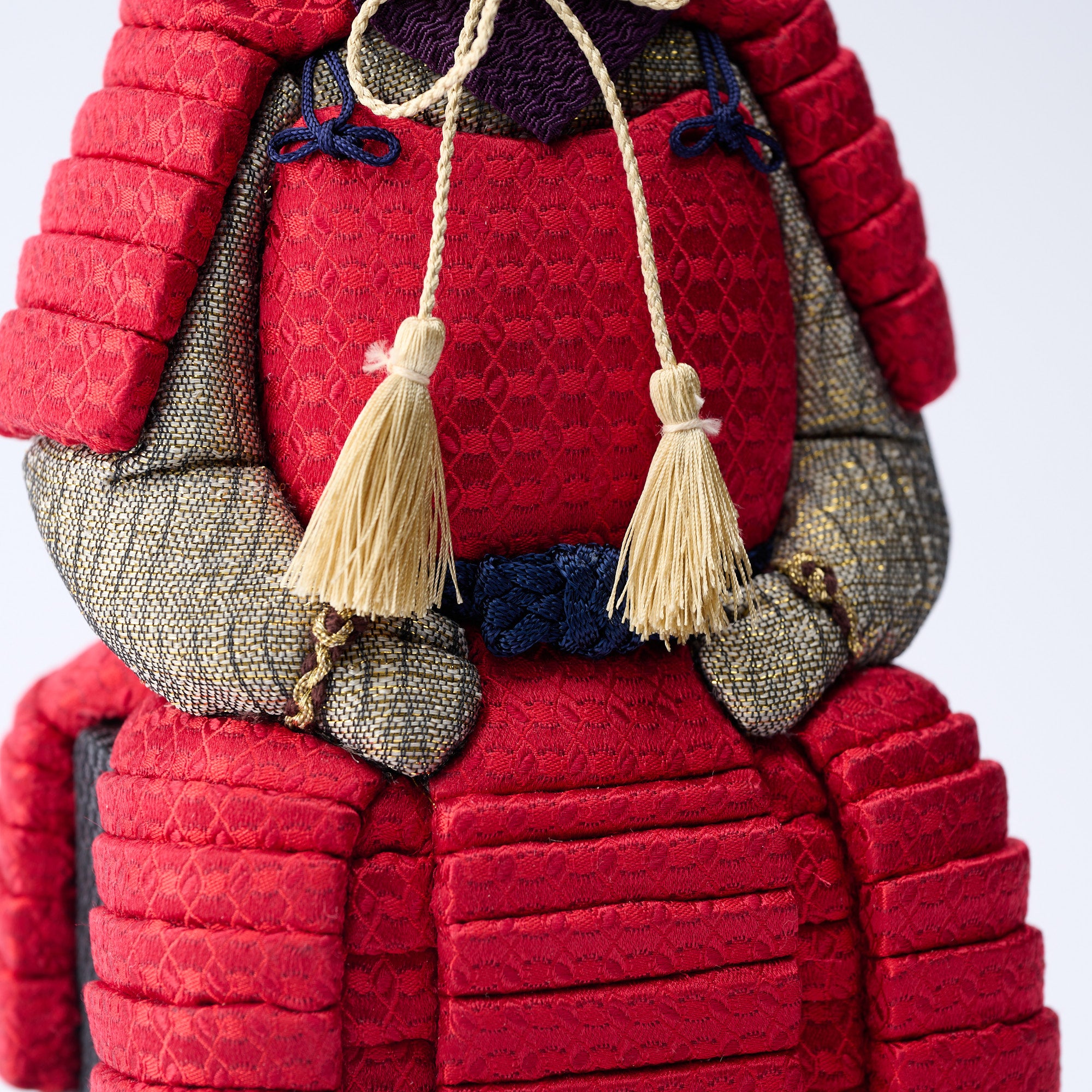
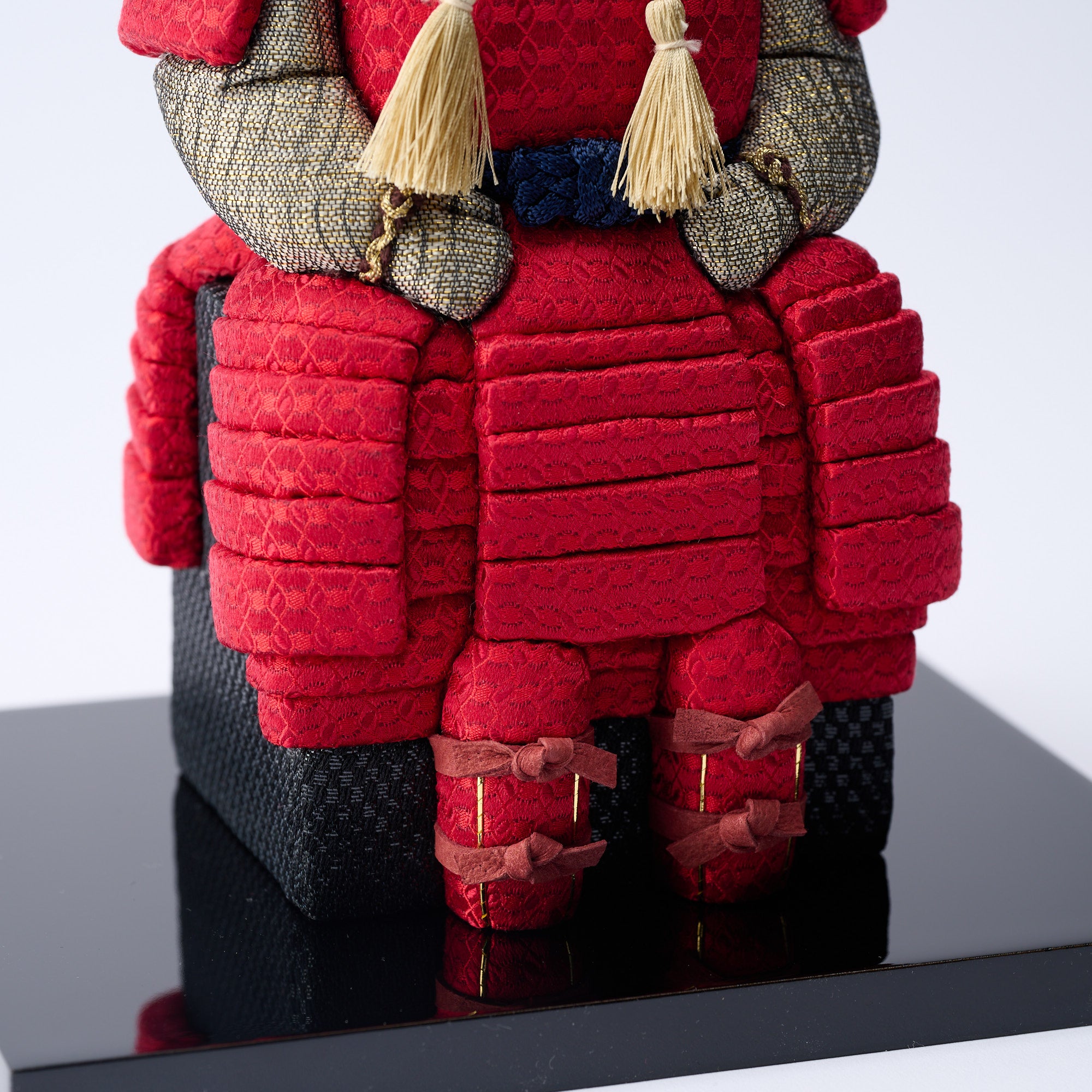
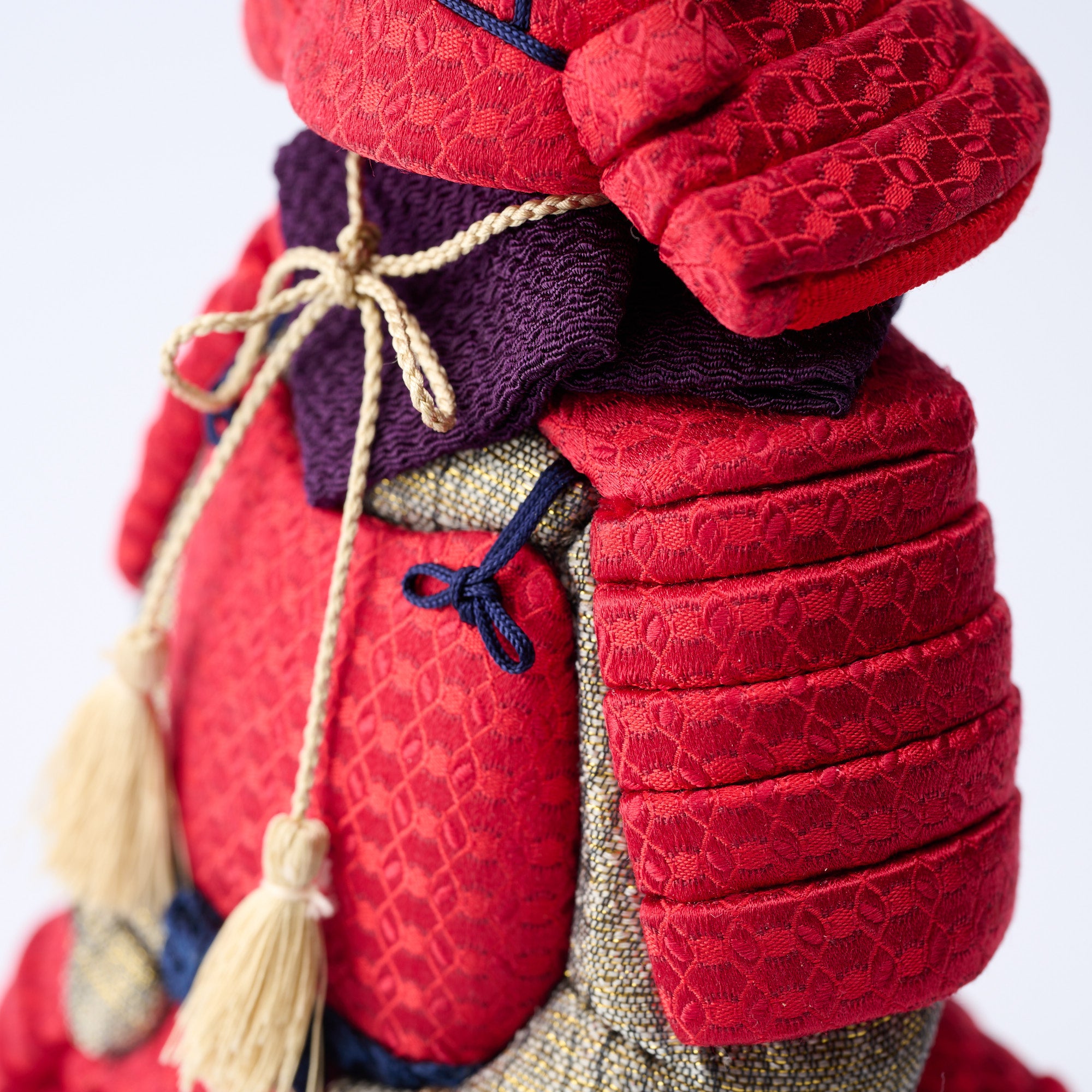
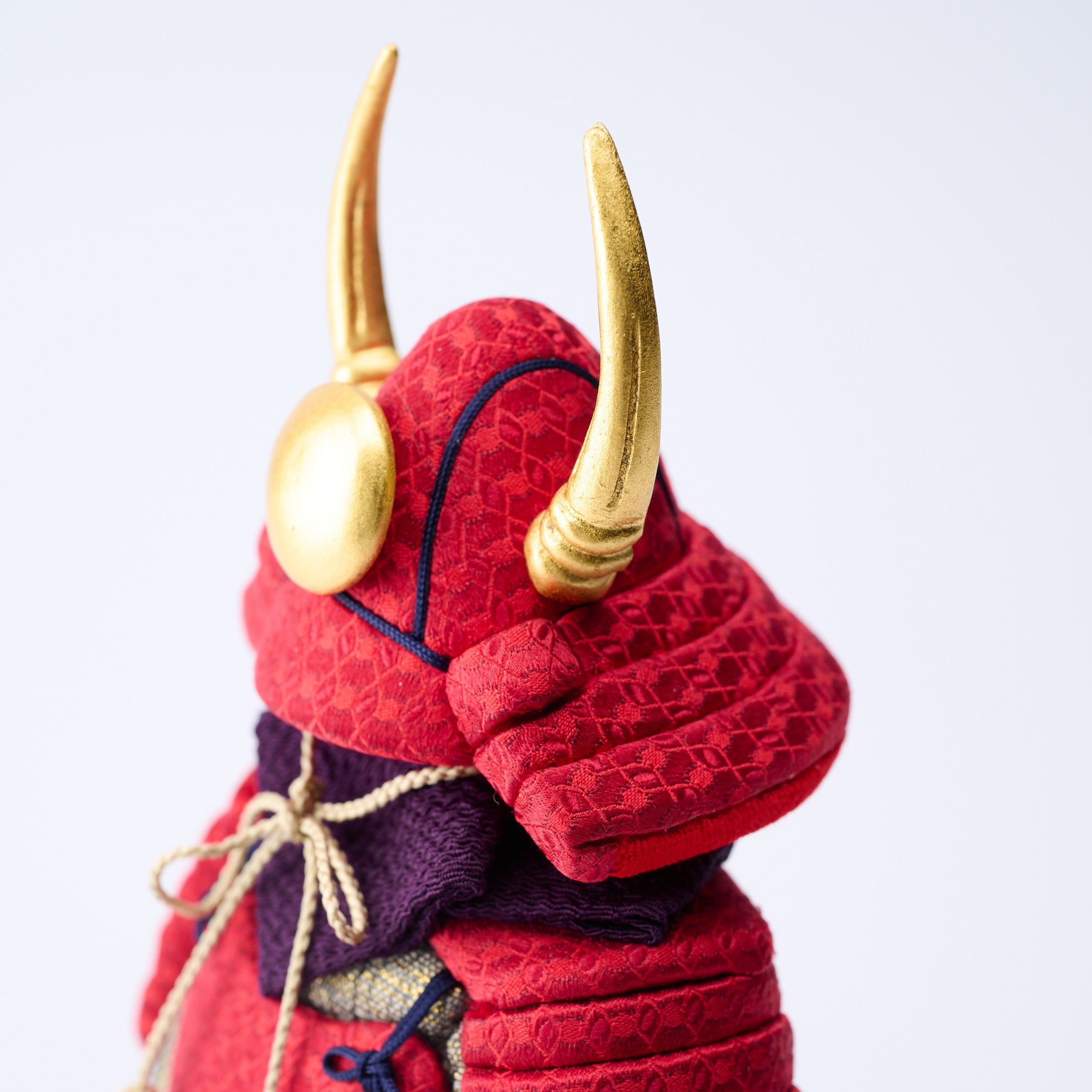
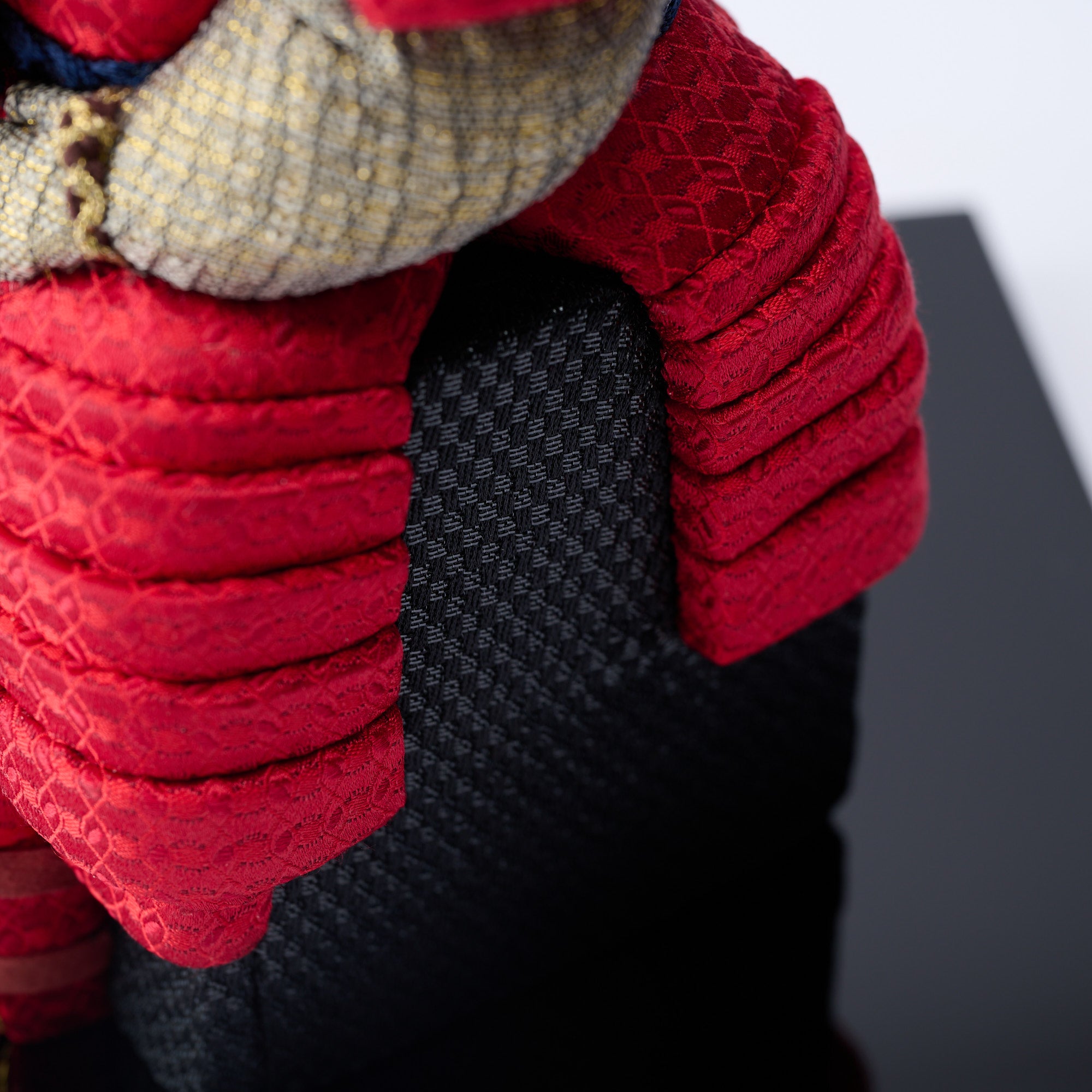
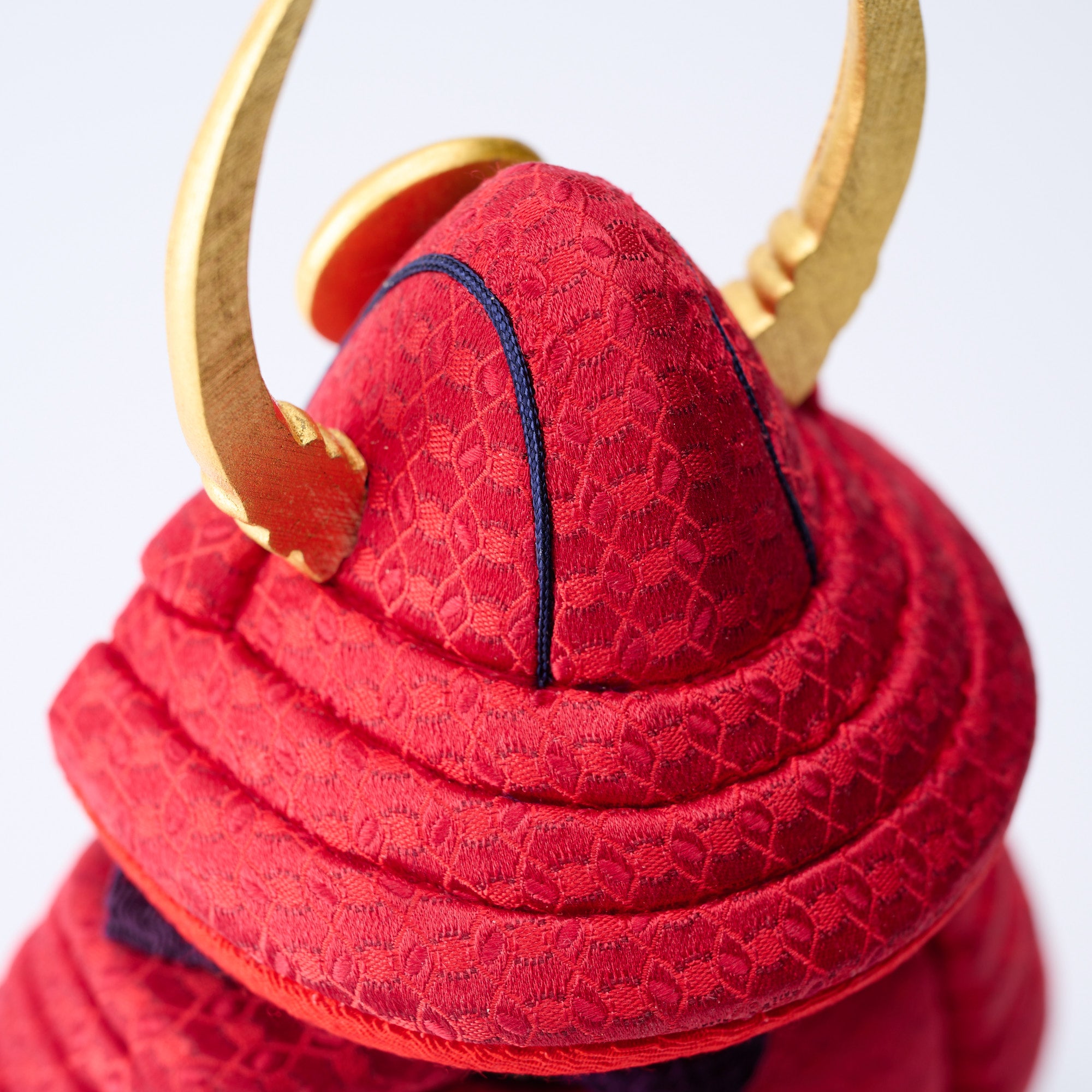
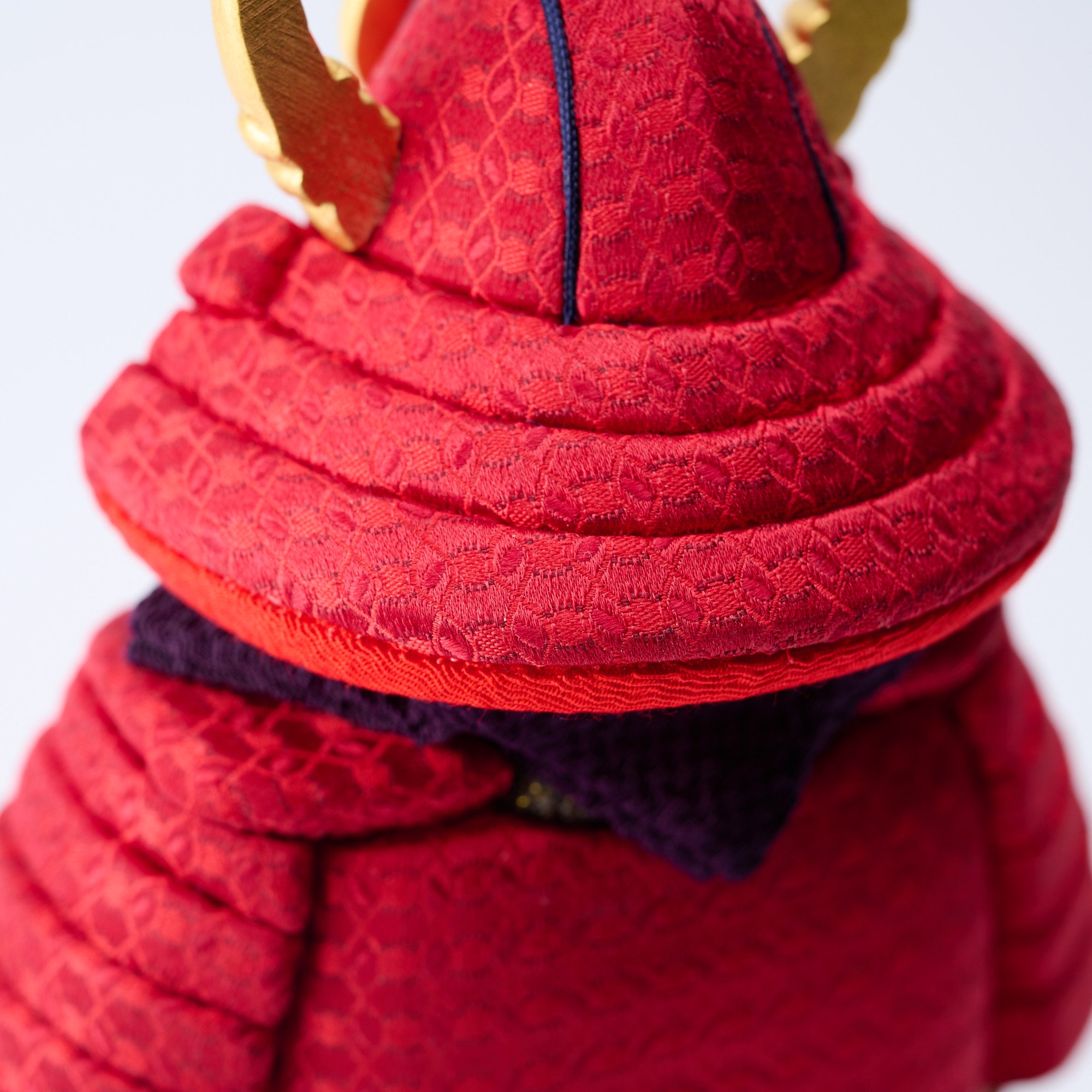
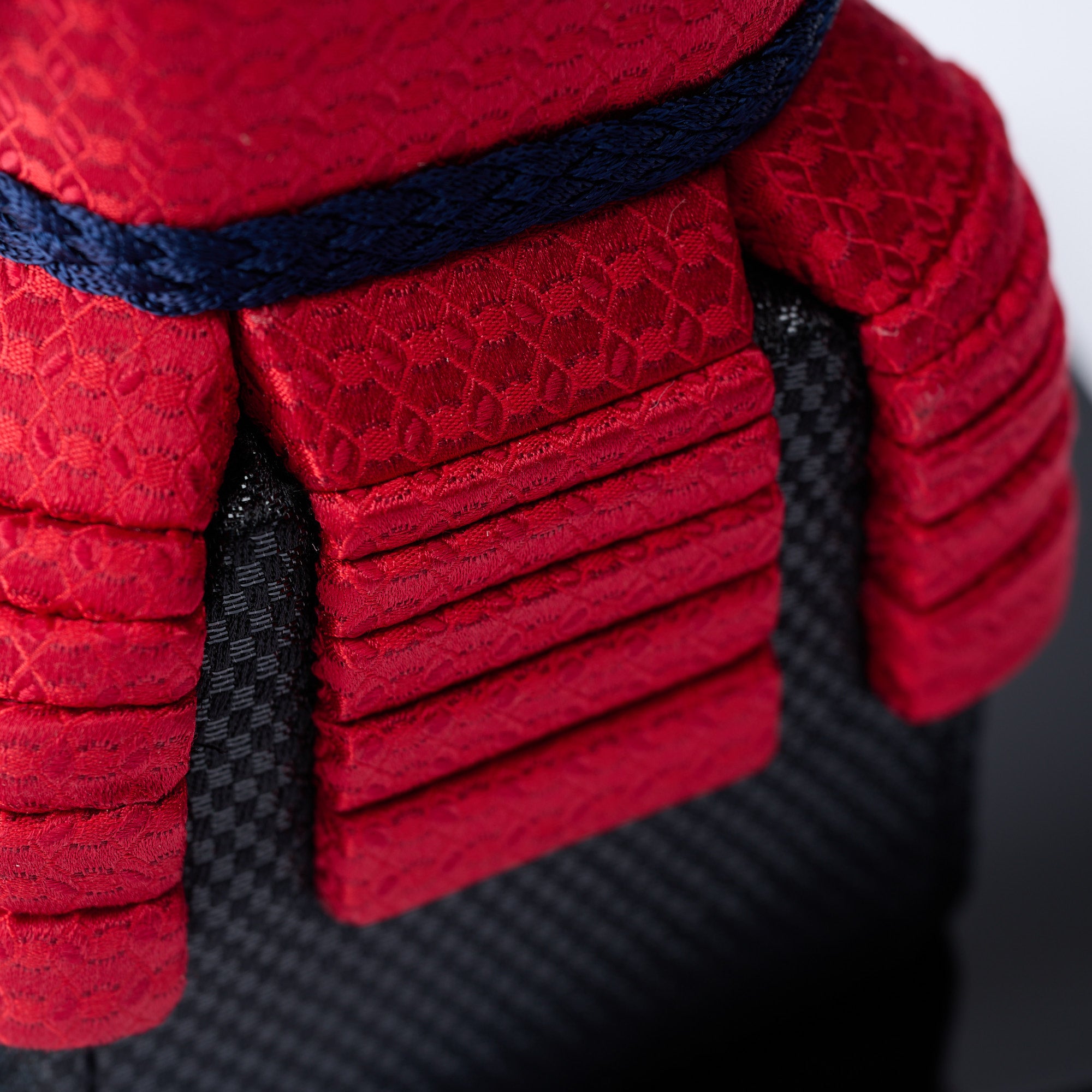
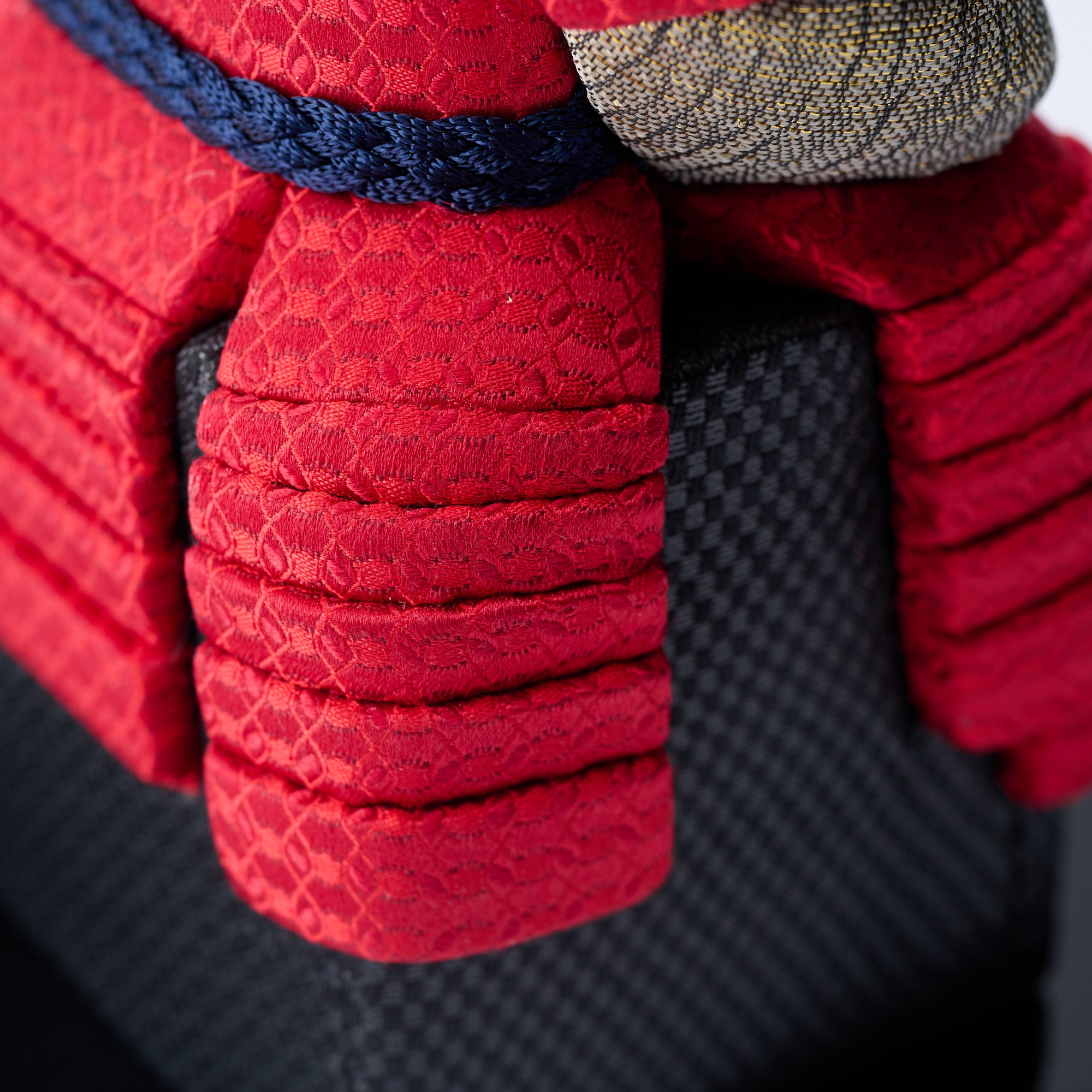
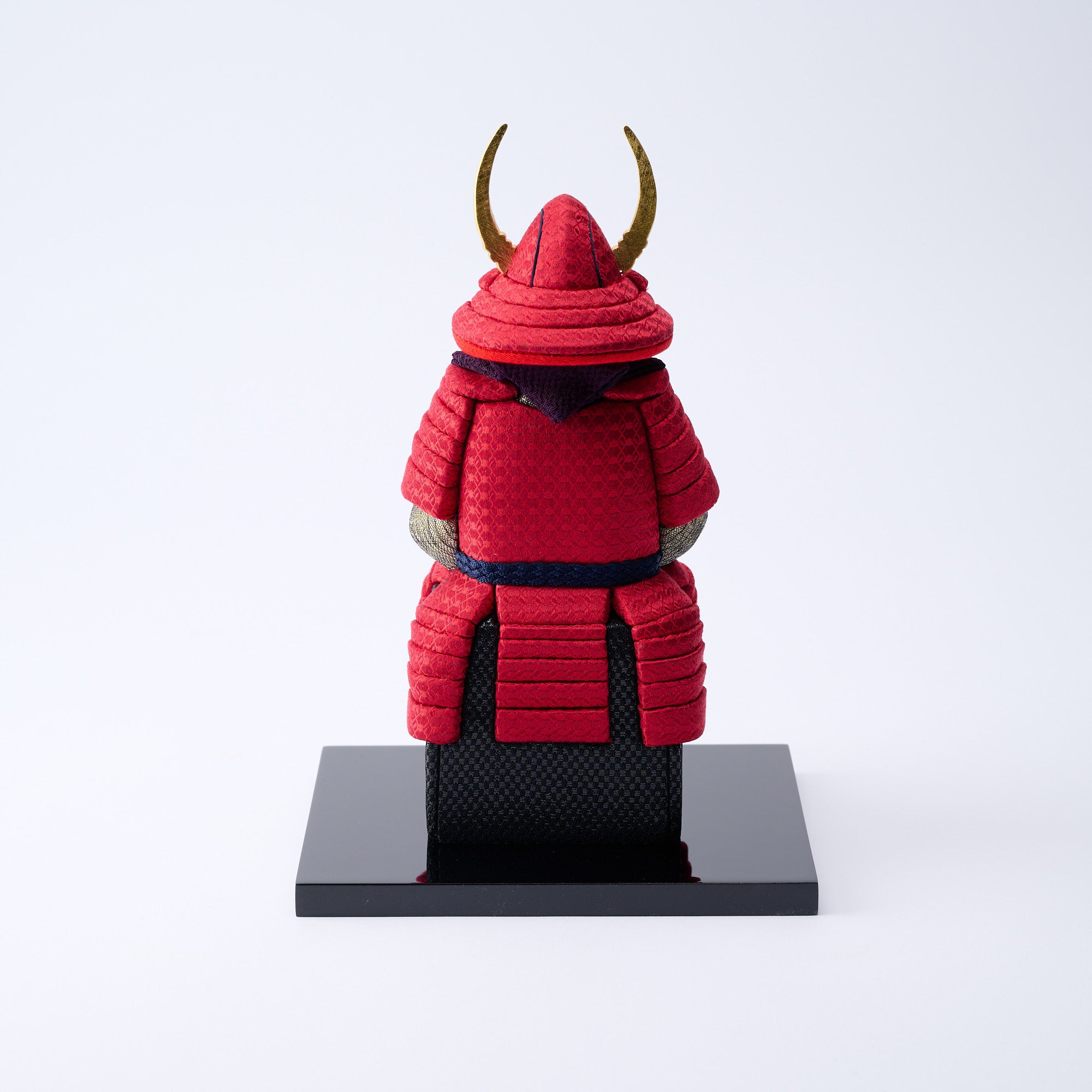

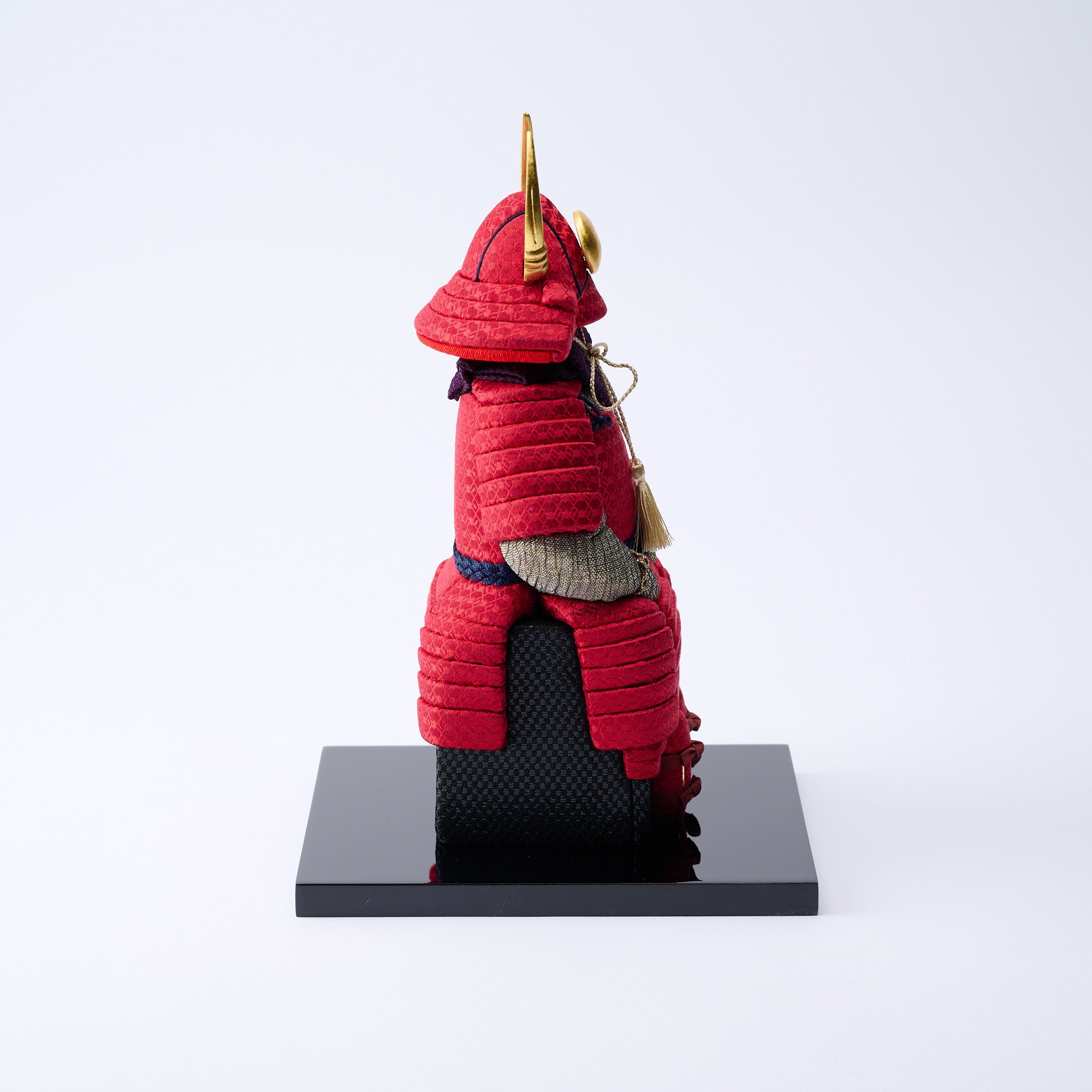
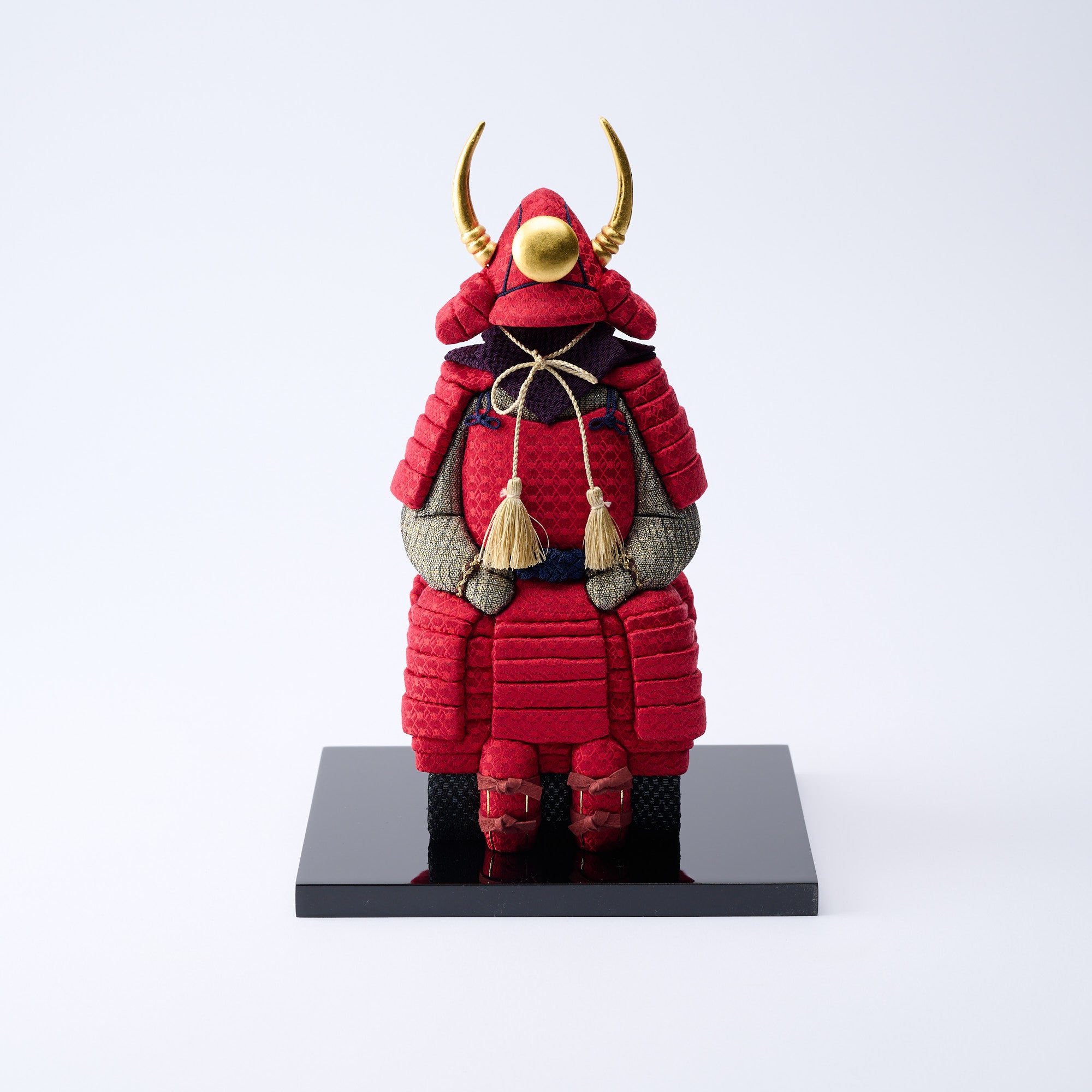
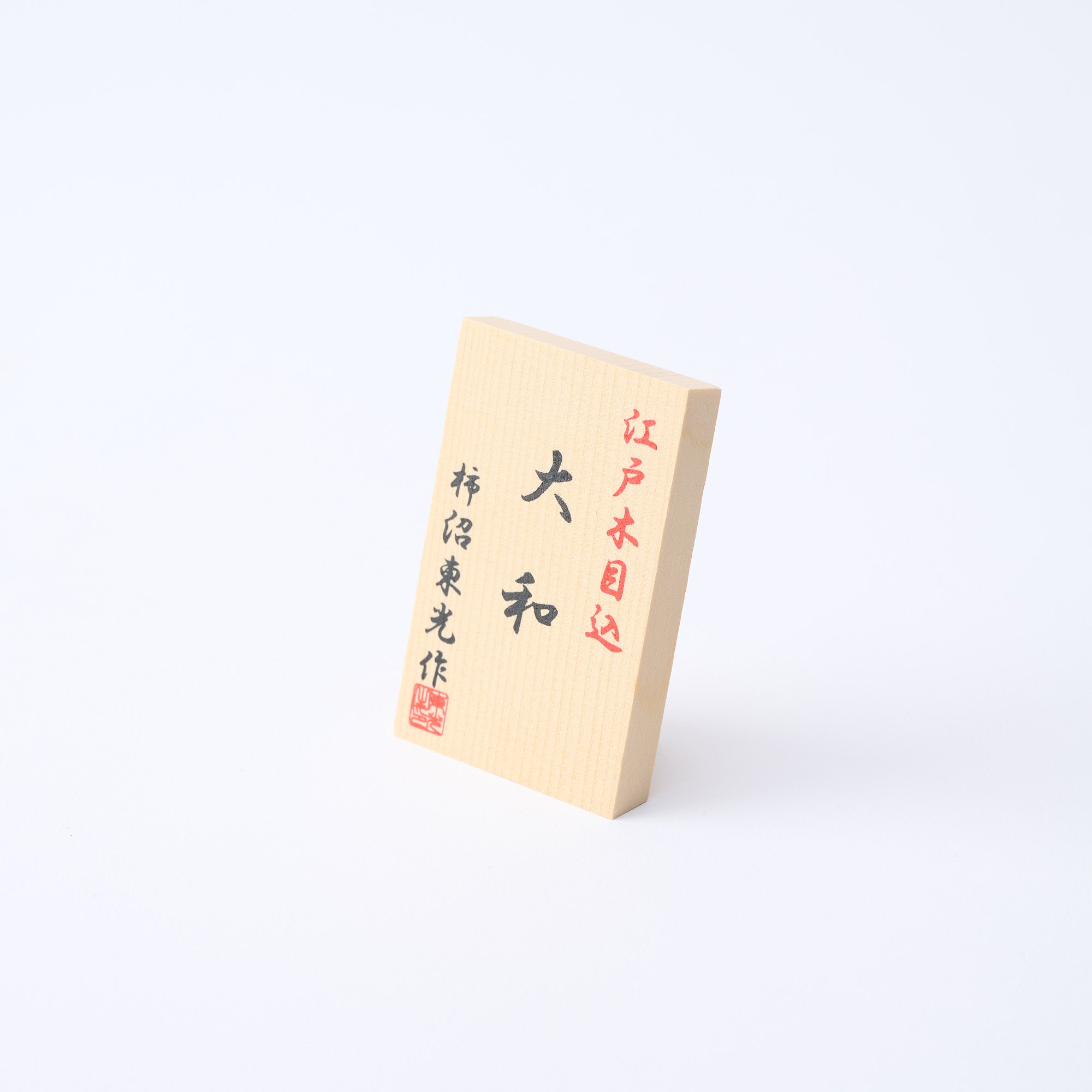
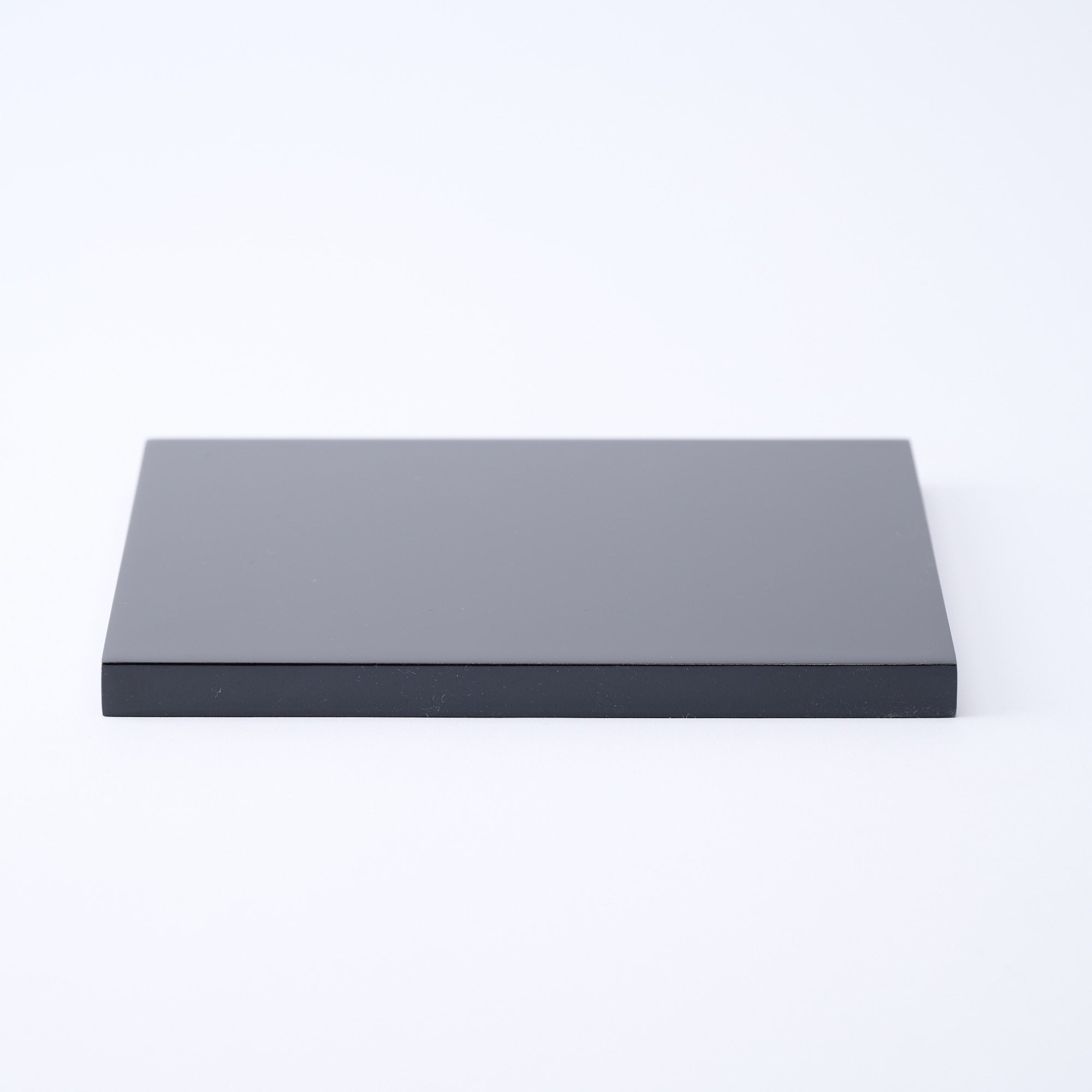
Yamato Domaru Samurai Armor Ornament
Estimated Shipping Widget will be displayed here!
This ornamental domaru samurai armor balances refined artistry and strength in compact form. Modeled after a lightweight armor style that gained favor in the late Heian period (794–1185 CE), it reflects the strategic practicality once prized on the battlefield. The vivid red, long associated in Japan with protection and triumph, gives it a bold, dignified presence.
Measuring approximately 26 cm (10.2 in) in height, it’s modest in scale—ideal for alcoves, shelves, or desks. Though often displayed for Children’s Day in Japan to celebrate growth and resilience, its timeless design and striking form make it equally suited to year-round enjoyment. Whether placed in a traditional setting or a modern interior, it brings a distinct sense of heritage and character.
Each piece is handcrafted using Edo Kimekomi, a traditional technique developed in the Edo period (1603–1868 CE), known for its sculpted wooden cores and precisely fitted fabric inlays. The soft textures, golden accents, and layered construction speak to the care and precision of skilled artisans. Complete with a black lacquered base and wooden name plaque, it also makes a meaningful gift for admirers of Japanese culture.
DETAILS
| Quantity | 1 doll, 1 decorative stand, 1 wooden name plate |
| Size |
[Doll] D 9.5 cm (3.7in) x W 9.0 cm (3.5 in) x H 26.0 cm (10.2 in) [Decorative stand] L 15.0 cm (5.9 in) x W 18.0 cm (7.1 in) x 1.2 cm (0.5 in) |
| Material |
[Doll] MDF (Medium Density Fiberboard), fabric [Decorative stand] MDF (Medium Density Fiberboard) |
Maker / Brand
Kakinuma Ningyo, established in 1950, stands as a beacon of excellence in the realm of Edo Kimekomi dolls, a distinguished form of traditional Japanese craftsmanship. From classic hina dolls and Boys' Day dolls to imaginative modern creations like maneki neko (lucky cats) and daruma, each piece seamlessly blends age-old artistry with a touch of contemporary elegance. With a commitment to innovation while honoring tradition, Kakinuma Ningyo continues to create exceptional works that bridge the past and present in Japanese craftsmanship.
Crafts
Edo Kimekomi dolls are small wooden dolls made of paulownia wood and dressed in traditional Japanese silk textiles.
Originating in Kyoto, Kimekomi dolls were introduced to Edo (present-day Tokyo), where they developed in their own unique style. These extremely finely crafted figures are beloved as souvenirs rooted in Japanese traditions.
Choose options


























Estimated Shipping Widget will be displayed here!
May Festival Dolls
May Festival Dolls are dolls used to celebrate Tango-no-Sekku, also known as Children's Day or Boy's Day. The tradition originated in the Nara period (710 CE–794 CE). By the Edo period (1603 CE–1868 CE), May 5th had become a holiday and was established as Tango-no-Sekku. During this period, the festival became widely celebrated among the common people of Edo, and dolls began to be used as decorations.
The placement of these dolls signifies the family's collective celebration of a boy's birth, embodying hopes for the child to avoid illnesses, accidents, and other misfortunes, and to grow up strong and healthy. Armors and helmets are displayed as talismans for bodily protection, expressing wishes for their safety, health, and robust growth.
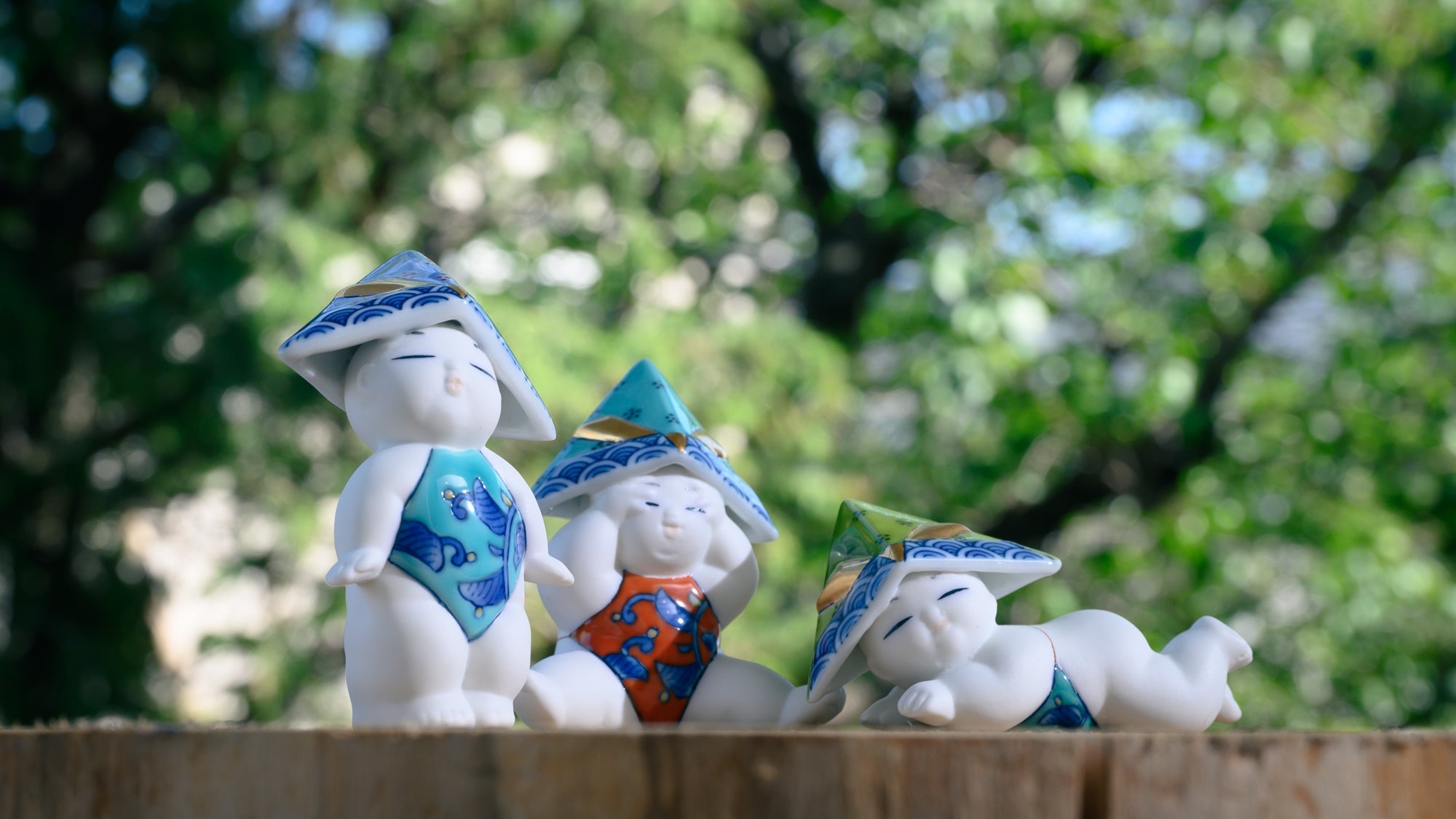
On Tango-no-Sekku, We Celebrate the Health of Our Growing Boys!
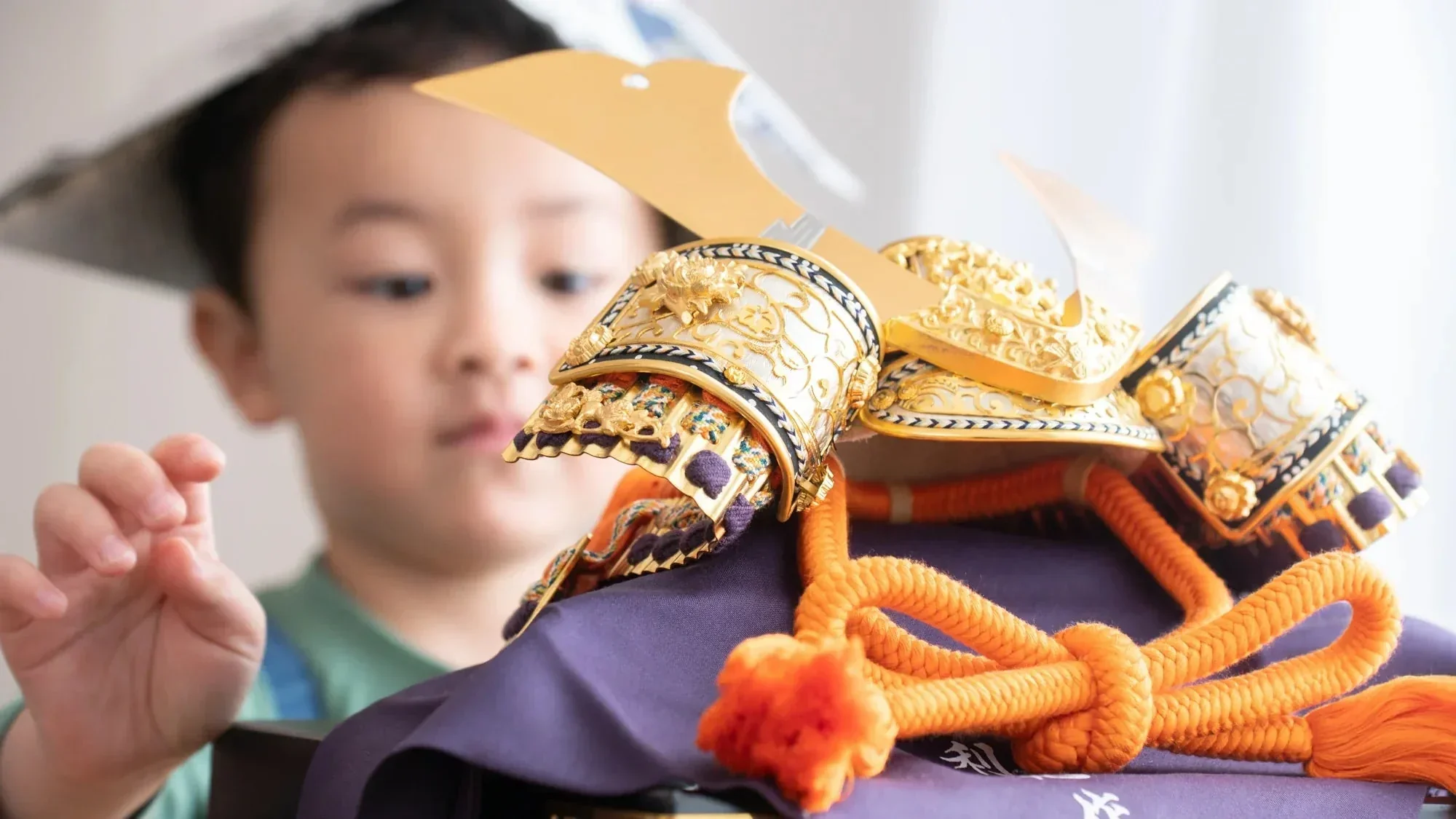
An Interview with Kakinuma Toko: Shaping the Future of Edo Kimekomi Dolls
